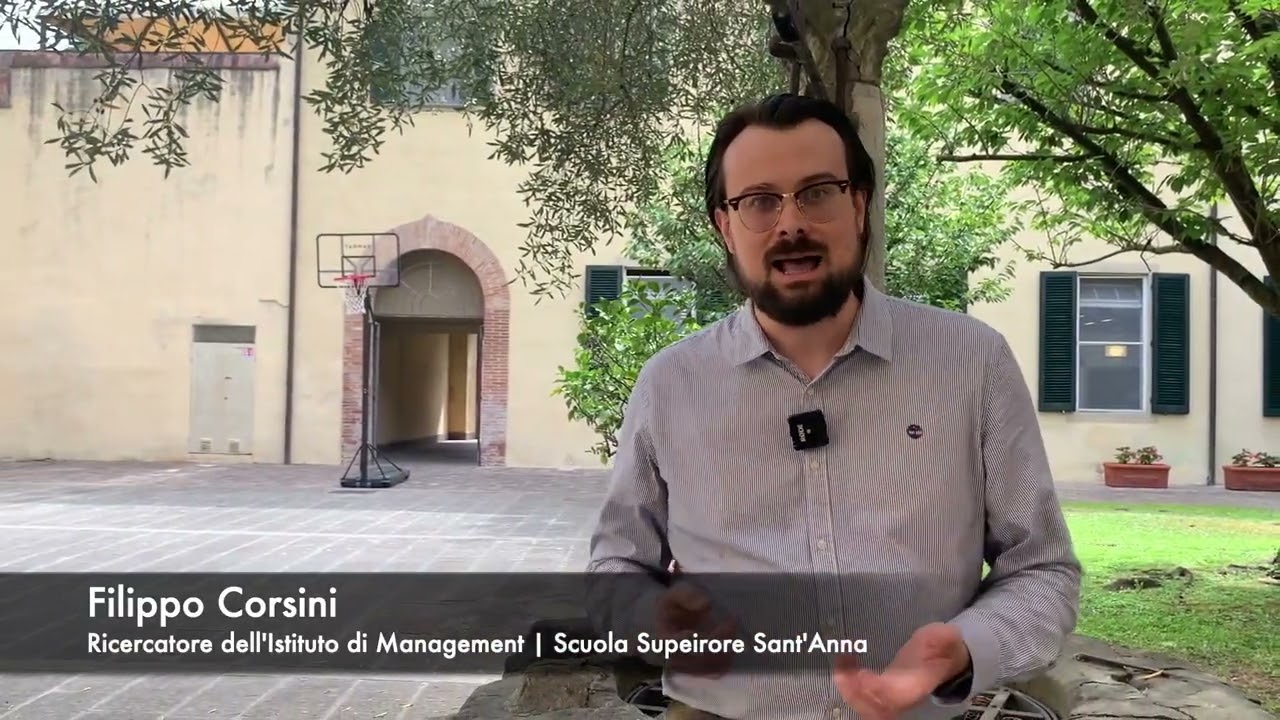The Circular Economy: Lessons for High School Students
The concept of the circular economy has gained significant attention in recent years as a sustainable alternative to the traditional linear economy. Understanding the principles of the circular economy is crucial for high school students to be informed and empowered global citizens. This ultimate guide aims to provide comprehensive insights into the circular economy, its importance, and practical ways in which high school students can contribute to its implementation.
What is the Circular Economy?
The circular economy is an economic system designed to eliminate waste and promote the continual use of resources. Unlike the linear economy, which follows a ‘take-make-dispose’ model, the circular economy focuses on keeping products and materials in use for as long as possible through strategies such as recycling, reusing, and remanufacturing.
Key Principles of the Circular Economy
- Resource Efficiency: Maximizing the use of resources and minimizing waste generation.
- Design for Sustainability: Creating products that are durable, repairable, and recyclable.
- Closed-Loop Systems: Establishing systems where products are reused or recycled at the end of their life cycle.
- Collaborative Consumption: Sharing resources to reduce overall consumption and waste.
Importance of the Circular Economy for High School Students
High school students play a crucial role in shaping the future of our planet. By understanding and embracing the principles of the circular economy, students can contribute to creating a more sustainable and resource-efficient world. The circular economy offers numerous benefits, including:
- Reduced environmental impact
- Conservation of natural resources
- Creation of new economic opportunities
- Promotion of innovation and creativity
Practical Ways for High School Students to Embrace the Circular Economy
There are several practical ways in which high school students can incorporate the principles of the circular economy into their daily lives:
- Reduce, Reuse, Recycle: Practice the 3 R’s to minimize waste and conserve resources.
- Support Sustainable Brands: Choose products from companies that prioritize sustainability and eco-friendly practices.
- Participate in Clothing Swaps: Organize or participate in clothing swap events to extend the life of clothing items.
- Get Involved in Community Recycling Programs: Volunteer or advocate for community recycling initiatives.
- Embrace Second-Hand Shopping: Explore thrift stores and online platforms for pre-loved items.
Conclusion
As high school students, you have the power to make a difference in the transition towards a more sustainable future. By learning about and embracing the principles of the circular economy, you can contribute to reducing waste, conserving resources, and promoting a more environmentally friendly society. Together, we can create a world where sustainability is at the forefront of our actions and decisions.
Remember, the circular economy is not just a concept but a practical approach that each one of us can adopt in our daily lives. Start small, make conscious choices, and inspire others to join you on the journey towards a more sustainable and prosperous future.


